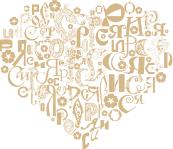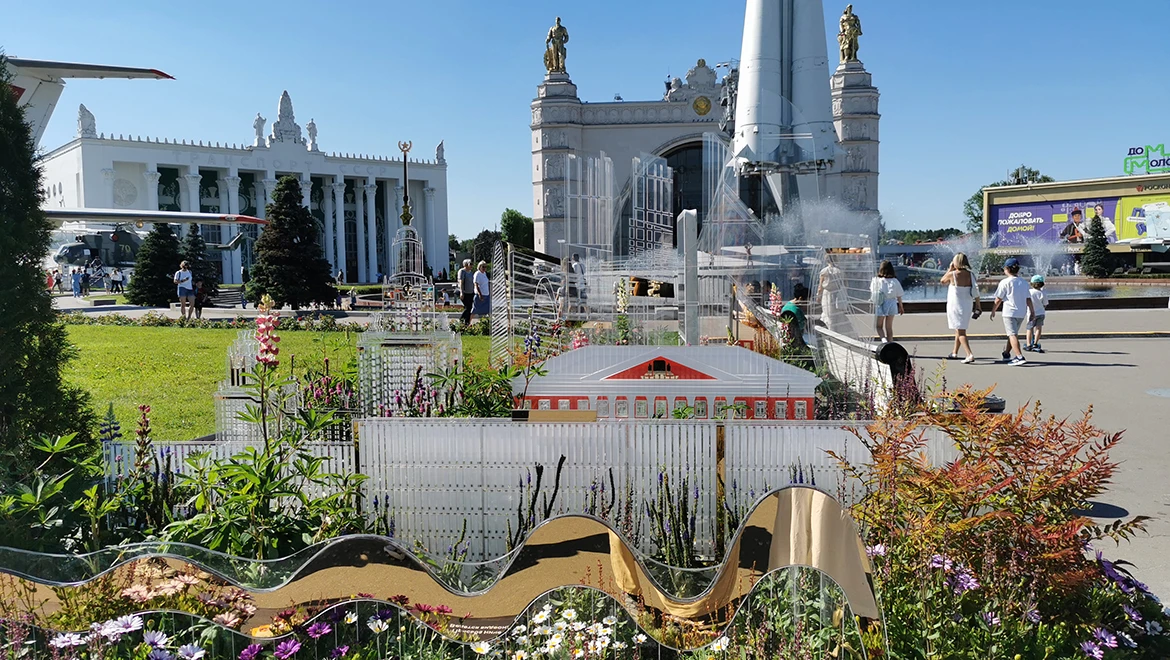Blue spruce. Kabardino-Balkaria
The blue
spruce, also known as prickly spruce (Latin: Picea pungens), is an evergreen
coniferous tree. The unusual coloring of needles is given by a thick layer of
wax covering each needle, which protects the spruce from environmental
influences. The natural habitat of the species is the west of North America,
from where it was brought to Europe and then to Russia.
Nalchik,
the capital of Kabardino-Balkaria, is famous for its alleys of silver-blue
spruces. It was here that the Soviet breeder Ivan Porfirievich Kovtunenko grew
blue spruces, which today adorn various corners of our homeland. In 1918, Ivan
Porfirievich started working in a nursery in Nalchik and for the first time
encountered blue spruces, which at that time were a rarity for our country.
Then seedlings of spruce trees were purchased for further cultivation to serve
as decoration of parks and resorts of southern Russian cities.
Blue spruce
took root well in the local climate, but did not want to reproduce by seeds,
and it was difficult to get seedlings, so Ivan Porfirievich set his goal to
learn how to grow spruce from seeds. In order to achieve the result it was
necessary to conduct thousands of experiments: changing the illumination, soil
and air humidity, planting in the open ground, greenhouse, hothouse, seeds were
treated with various chemicals, fertilized. But all was in vain: the spruce
trees sprouted, but after a while they died. Through experiments, research
flair and observation of nature he managed to find a simple but effective
solution: a mixture of ground taken from the roots of spruce trees and fresh
sawdust of coniferous trees was used as a soil.
Thus, in
the thirties of the last century, one of the most famous alleys of blue spruces
was laid in Nalchik. Later, Nalchik's blue beauties attracted everyone's
attention and were planted at the Exposition of National Economic Achievements
(VDNH). Ivan Porfirievich received many awards for his work: he became the
first laureate of the State Prize in the republic, holder of the Order of Lenin
and the Order of the Red Banner of Labor.
Now blue
spruces are known to almost every citizen of our country, they grow near the
Kremlin Wall, on Mamayev Kurgan, near the walls of the Brest Fortress, they
decorate the buildings of municipalities, schools, hospitals and transform the
look of Russian cities with their festive slender appearance. And all this is
thanks to the efforts, diligence and talent of a man who sincerely loved and
believed in his work.
In the
wild, the blue spruce most often grows in mountain valleys along rivers and
streams, at an altitude of 1750-3000 meters and can reach about 20-30 meters,
but when planted in parks, its height rarely exceeds 15 meters. Currently,
breeders have developed many varieties of blue spruce, which are common in
ornamental gardening. Blue spruces are winter-hardy, able to grow even in harsh
areas of our country. They perfectly harmonize with other plants, look good at
any stage of growth.
Along with the RUSSIA EXPO, the flower festival is also coming to an end.
The "Future in Flowers" festival continues at the RUSSIA EXPO, where unique flowerbeds from all regions of our country can be seen at the "Space" pavilion until July 8.
The RUSSIA EXPO concludes on July 8, and with it, the flower festival will also come to an end.





